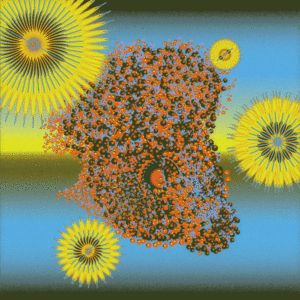Scaredy-rats

Most adult humans are risk-averse, preferring, say, a stable salary to a fluctuating freelance income. Most rats are too, preferring a constant dose of sugar water to one that ebbs and flows but still delivers the same amount of liquid over time. A minority of each species prefers risk.
It’s a matter of brain chemistry, it appears. As rats were deciding which sugar-water lever to pull, Stanford researchers observed higher electrochemical activity in certain nerve cells in the brains of risk-averse rats than in those of risk-seeking rats. The cells, in the nucleus accumbens region of the brain, contained DR2, a category of dopamine receptors.
Stimulating the DR2 cells with laser light via an implanted optical fiber, the scientists were able to cause risk-seeking rats to behave in a risk-averse manner. Administering pramipexole, a dopamine-stimulating drug for brain disorders that is known to cause risky behavior in humans, turned the risk-averse rats into risk seekers. Based on previous human-brain imaging studies and anatomical similarities between rats and people, “every indication is that these findings are relevant to humans,” says Karl Deisseroth, MD, PhD, professor of bioengineering and of psychiatry and behavioral sciences.
Deisseroth is the senior author and former graduate student Kelly Zalocusky, PhD, is the lead author of the study, which appeared in March 2016 in Nature.
